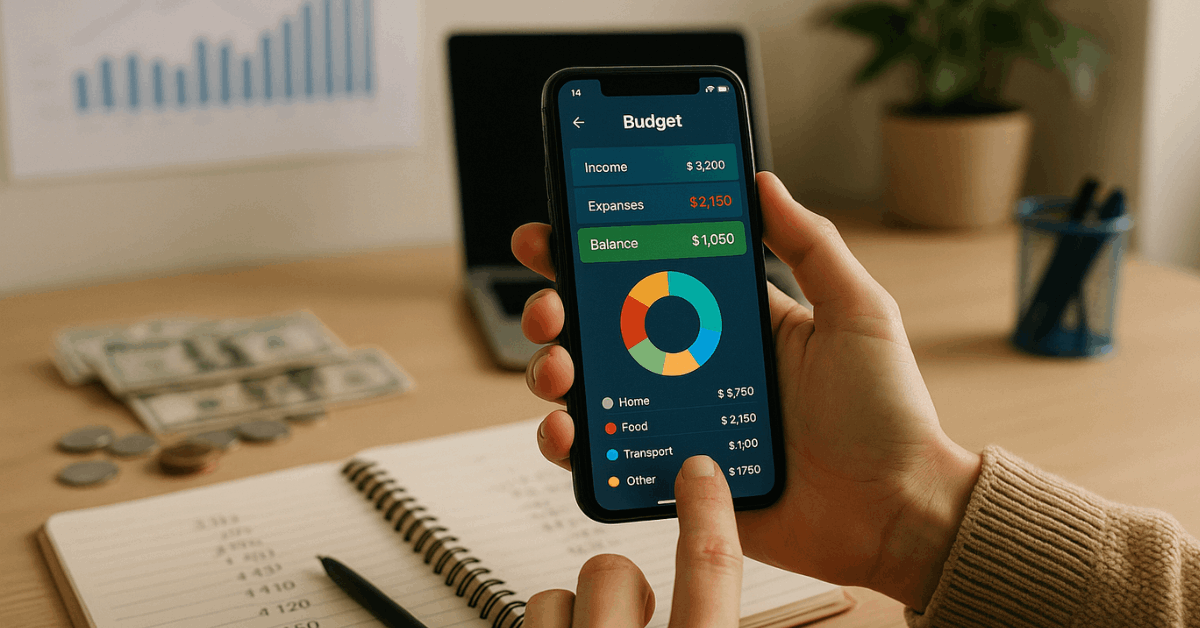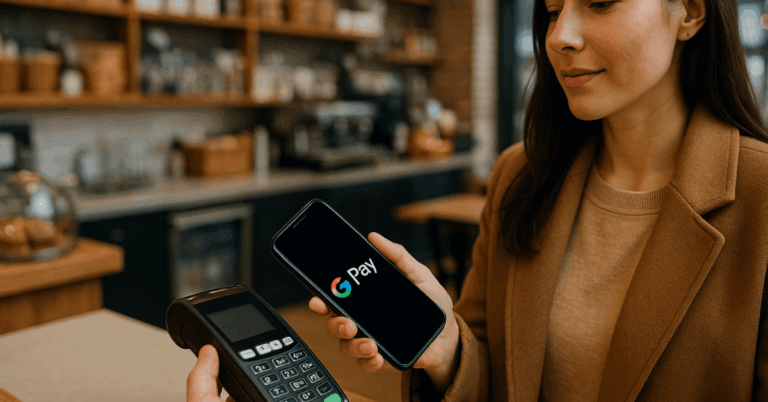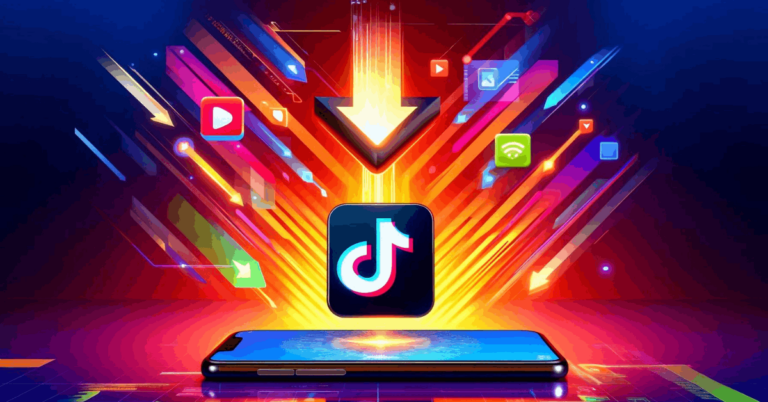Managing money has become a vital skill in today’s digital world. As financial tools evolve, beginners now have access to smart mobile platforms that make budgeting simple.
These tools help users track spending, plan savings, and stay on top of bills. In 2025, using one of the top budgeting apps is one of the smartest steps you can take toward better financial control.
Why You Need a Budgeting Tool in 2025?
Technology has simplified how people handle their finances. Many beginners now rely on digital systems that analyze their expenses automatically.

These apps give insights into spending habits and help you set financial goals easily. They eliminate confusion and make saving less stressful.
The Role of Automation in Saving Money
Automation is the heart of digital finance management. You can link your bank account to track every expense automatically.
Categorization tools separate your needs from wants, so you know exactly where your money goes. This feature helps you adjust habits early before small expenses become major issues.
Financial Awareness and Goal Setting
Modern platforms come with charts and progress bars that make saving visual and interactive.
They let you set goals for specific categories, such as groceries or entertainment.
You’ll know how much you can spend without overshooting your limit. These visual cues make goal-setting both realistic and motivating for beginners.
What to Look for in a Budgeting App?
Choosing the right platform determines your success in money management. Beginners should focus on simplicity, automation, and data safety.
The ideal tool should be intuitive and easy to learn. It must also encourage consistent use rather than occasional checking.
Ease of Use and Setup
The best platforms offer quick setup processes and minimal learning curves. Simple interfaces help new users stay consistent and avoid frustration.
A clean design and guided onboarding make your first experience less intimidating. Built-in tutorials and prompts further support understanding without needing expert help.
Features That Matter Most
Here’s what beginners should prioritize in 2025:
- Expense Tracking and Reminders – Helps manage recurring payments and prevent missed bills.
- Multi-Account Sync – Consolidates bank and wallet data into one dashboard.
- Custom Budget Limits – Let’s you define spending caps for specific categories.
- Alerts and Notifications – Sends timely reminders for financial adjustments.
- Integration with Payment Systems – Keeps all financial activity centralized and visible.
Security and Data Privacy
Security remains a top concern for every financial tool. Always check if the platform offers biometric authentication and encryption.
Reputable apps disclose their privacy policies clearly and do not sell user data. Beginners should always read user reviews regarding account safety.
Top 5 Budgeting Apps for Beginners in 2025
Every user has unique needs, but the top-rated platforms share common features like automation and easy navigation.

Each provides a user-friendly approach for beginners learning to manage their budget effectively.
Mint
Mint connects to multiple accounts to give you a complete financial snapshot and automatically categorizes your spending. It offers free credit-score monitoring and tailored money-saving suggestions.
Although it has been announced that Mint will be shut down, many still use its core features.
YNAB (You Need A Budget)
YNAB uses a proactive method called zero-based budgeting. This approach assigns every dollar a specific purpose before you spend it.
It’s great for users who want to develop strong saving habits and avoid impulse purchases.
The tool syncs with multiple devices and offers tutorials that guide new users through goal-setting. You can download this app on Google Play and the App Store.
Goodbudget
Goodbudget modernizes the envelope-saving method. You can divide your income into virtual envelopes for rent, groceries, and other expenses.
It’s excellent for couples or families who want to share budgets transparently. Its simple layout keeps you focused on financial goals without unnecessary distractions. Available for download on both Android and iOS devices.
PocketGuard
PocketGuard automatically tracks your income, bills, and remaining balance. Its “In My Pocket” feature tells you how much you can safely spend daily.
The real-time updates help beginners avoid overdrafts and unplanned expenses. Its easy setup and sleek visuals make it a great choice for everyday use. Accessible through both Google Play and the App Store.
How Do These Tools Help Beginners Build Financial Discipline?
Consistency is key to improving money habits. Using these platforms regularly trains users to monitor their progress and stay accountable.
They transform abstract financial goals into measurable results. This consistency builds confidence and discipline over time.
Encouraging Regular Check-ins
When you review your data weekly, it’s easier to stay on track. Regular check-ins help you identify areas of overspending.
You also learn how small savings add up across months. This process builds awareness and ensures that your goals remain realistic.
Learning Through Data
Charts, spending summaries, and automated reports simplify financial education. You’ll quickly see where your money goes and how to adjust.
Understanding patterns is essential for cutting unnecessary costs. The data insights you gain drive sustainable budgeting habits.
Common Mistakes to Avoid When Using Budgeting Apps
While the tools simplify financial control, users still need discipline. Many beginners quit early because they expect instant results.
Others overlook settings that can make their experience smoother. Avoiding these common mistakes helps maximize each platform’s full potential.
Ignoring Manual Adjustments
Automatic categorization isn’t always perfect. You should still review your transactions regularly to ensure accuracy.
This keeps your financial data clean and reliable. A few minutes of correction each week make long-term tracking much more effective.
Not Updating Goals Regularly
Your financial priorities can shift over time. Updating goals ensures your plan reflects current needs.
Whether you’re saving for rent or travel, adjust targets as your income changes. This keeps your progress consistent and relevant.
Relying Only on App Suggestions
Apps provide great insights, but they can’t replace personal judgment. You must analyze data with context, something algorithms can’t always do.
Treat the platform as a guide, not an authority. Combining analytics with your own judgment ensures smarter financial choices.
Integrating Budgeting with Broader Financial Planning
Budgeting is just one piece of your financial journey. Once you’ve learned how to manage expenses, it’s time to think bigger.
These tools make it easier to set aside funds for savings or investments. You can start aligning short-term budgets with long-term goals.
Saving and Investing
When your spending habits stabilize, you’ll naturally create room for savings. Most tools let you automate transfers into savings accounts.
Some even link to investment platforms for portfolio tracking. This connection between budgeting and investing strengthens overall financial growth.
Debt Management
Debt reduction becomes simpler when you have a clear budget. Apps help identify areas where extra money can go toward repayments.
Automated reminders ensure bills are paid on time. Over months, this consistency builds better credit and financial peace of mind.
Comparing Free vs. Premium Versions
You don’t always need to pay for advanced features right away. Free versions of most apps already offer powerful budgeting functions.
However, premium upgrades often provide better customization and deeper analysis. It depends on how detailed you want your financial tracking to be.
What You Get for Free?
Free plans usually include expense categorization, budget limits, and savings tracking. They cover basic needs for beginners just starting out.
These versions are ideal for developing habits without financial commitment. Once consistent, users can explore premium tools confidently.
When to Upgrade?
Paid versions often include multi-user accounts, investment tracking, and exportable reports. These features are useful for families or small business owners.
Upgrading is worth it once you’ve mastered the basics. The added tools give you more control over advanced financial planning.
Practical Tips to Make the Most Out of Your App
Using financial tools effectively requires consistency and planning. Developing a weekly habit ensures your progress stays aligned with your goals.
The more you interact with your chosen app, the better insights it provides. Small, consistent steps lead to major results.
- Set Monthly Reviews to analyze your progress and reset goals.
- Turn on Alerts to stay aware of your spending limits.
- Link Your Savings Goals to track progress automatically.
- Review Categories Weekly to identify unnecessary expenses.
How AI and Automation Will Shape Personal Finance in 2025
Artificial intelligence (AI) continues to redefine how we manage money. Predictive technology is helping users make smarter financial decisions.
In 2025, apps will rely more on forecasting and proactive advice. This evolution will make personal finance easier to navigate for beginners.
Predictive Budgeting
AI analyzes past trends to estimate your future spending. This allows you to prepare before overspending happens.
Predictive tools act as digital assistants that learn your habits. They’ll help you make decisions in advance rather than react after problems occur.
Smarter Recommendations
Machine learning helps apps deliver personalized guidance. Users can receive real-time insights like when to save more or cancel a subscription.
As AI improves, these recommendations become more precise. This intelligent system builds better long-term financial behavior.
Conclusion – Start Building Better Habits Today
Budget management is no longer a stressful process thanks to these modern tools. The best budgeting apps for beginners in 2025 simplify saving, spending, and tracking goals.
Start small, stay consistent, and let technology handle the details. Every financial goal becomes achievable when you take control of your spending today.












